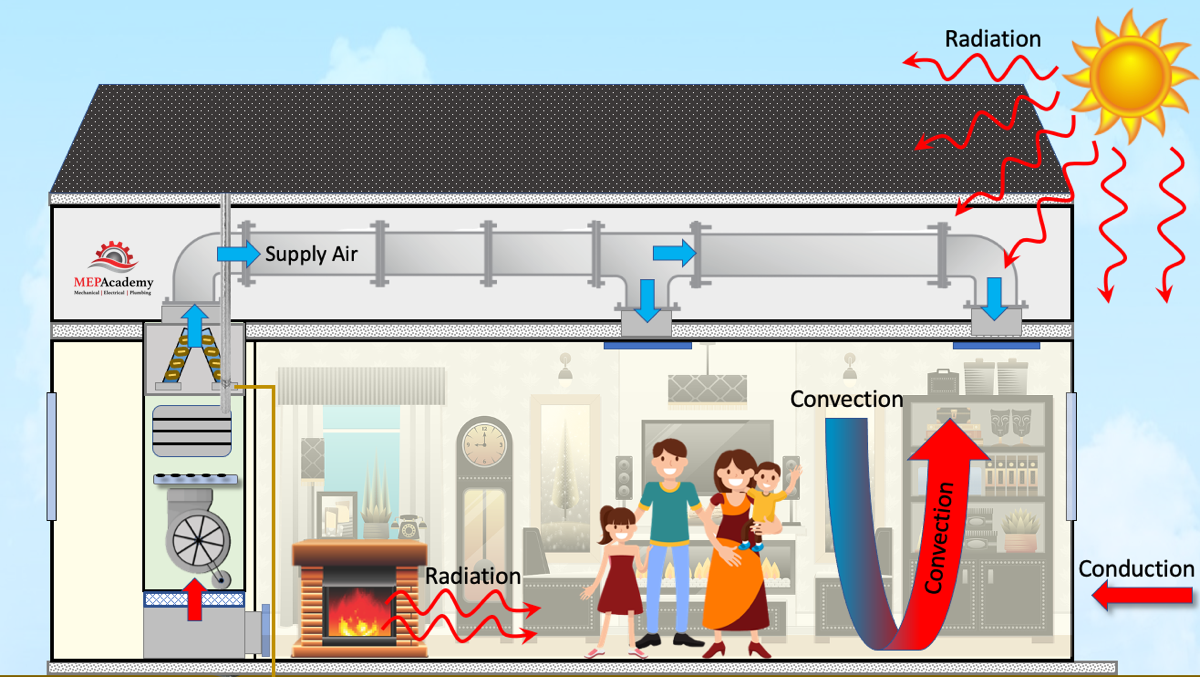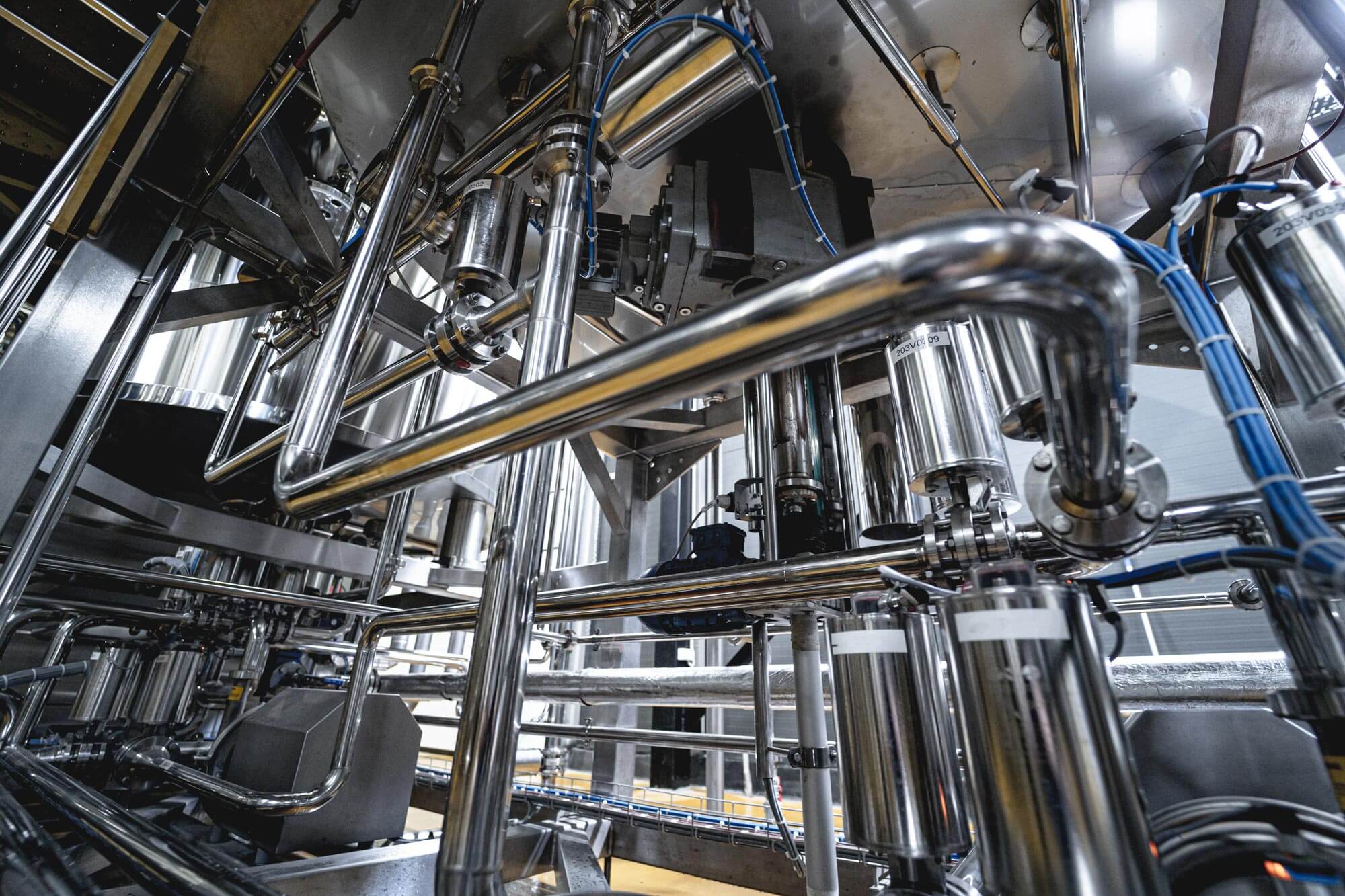The Role of Heat Transfer Systems in Sustainable Energy Solutions for the Future
Heat transfer systems are necessary in the pursuit for sustainable energy solutions. They enhance thermal energy monitoring, improving the efficiency of eco-friendly technologies. By utilizing devices like transmission, radiation, and convection, these systems lessen energy losses. Their role in solar thermal and geothermal applications is particularly significant. As developments emerge, the possibility for more developments elevates important inquiries concerning future power methods. What advancements will shape the landscape of sustainable energy?
Comprehending Heat Transfer Systems

The Importance of Thermal Energy Monitoring
Efficient thermal power administration is essential for making the most of power efficiency and lessening waste in various systems. By regulating temperature and maximizing Heat transfer processes, organizations can significantly minimize energy intake and operational prices. Efficient management involves the implementation of innovative modern technologies and practices that keep track of and regulate thermal conditions within systems, making sure that power sources are utilized successfully. In addition, proper thermal energy administration adds to reducing greenhouse gas emissions, straightening with worldwide sustainability objectives. It also boosts system dependability and performance, causing improved item top quality and longer devices lifespan. Ultimately, focusing on thermal energy monitoring is an essential step in the direction of creating a lot more lasting energy remedies and promoting an accountable method to power consumption in household and industrial contexts.
Applications of Heat Transfer in Renewable Power
While numerous renewable resource resources assure sustainability, the reliable application of Heat transfer plays a necessary function in their efficiency. In wind energy systems, Heat transfer is used for turbine component air conditioning, boosting performance and longevity. Geothermal power counts on effective Heat exchange between the planet's subsurface and the liquid distributing in the system, making the most of power extraction. Biomass energy procedures likewise benefit from Heat transfer, as it helps in converting organic products right into usable gas with pyrolysis and gasification. Additionally, in hydropower, maintaining ideal temperature levels in tanks can boost energy outcome. Each of these applications shows the essential relevance of Heat transfer systems in boosting renewable resource innovations, ultimately adding to an extra sustainable power future.
Enhancing Solar Thermal Power Efficiency
As solar thermal power systems remain to progress, improving their performance has actually ended up being essential for maximizing energy outcome. Developments in Heat transfer technologies, such as enhanced thermal storage materials and cutting-edge Heat exchangers, play a significant duty in improving efficiency. By utilizing advanced materials that have superior thermal conductivity, systems can capture and move Heat extra efficiently. In addition, integrating tracking systems that comply with the sun's course warranties that collectors get excellent solar direct exposure throughout the day. Making use of nanotechnology in solar absorbers can further boost power absorption prices. Incorporating automatic control systems assists manage and manage temperature levels power circulation efficiently, leading to reduced losses and boosted total system performance. These enhancements pave the means for even more sustainable solar thermal power remedies in the future.
Geothermal Home Heating: A Lasting Service
Geothermal home heating presents a viable alternative for sustainable energy, using significant ecological advantages through minimized greenhouse gas discharges. Its effectiveness and cost-effectiveness make it an eye-catching choice to typical heater. Difficulties related to implementation should be dealt with to optimize its prospective influence.
Ecological Benefits of Geothermal
Standard heating techniques add significantly to greenhouse gas exhausts, geothermal heating presents a compelling option that decreases environmental effect. By harnessing the Planet's internal Heat, geothermal systems utilize a sustainable energy source, considerably reducing reliance on fossil fuels. This method creates minimal carbon emissions, making it a cleaner alternative for commercial and domestic home heating. In addition, geothermal systems advertise power performance, as they require much less energy contrasted to standard heating unit. DVS Heat Transfer Systems. The use of geothermal power also aids in minimizing air pollution, enhancing neighborhood air quality and public health. As a sustainable service, geothermal heating supports climate change reduction efforts, placing itself as a necessary element in the shift towards a greener future
Effectiveness and Cost-Effectiveness
Just how does geothermal heating gauge up in terms of effectiveness and cost-effectiveness compared to typical furnace? Geothermal heating shows premium performance, often achieving a coefficient of efficiency (POLICE) of 3 to 5, suggesting it creates three to five units of Heat for every system of electrical energy taken in. This effectiveness translates into reduced operating costs, particularly in areas with steady geothermal resources. First installation costs can be greater than traditional systems; nevertheless, long-lasting savings on power expenses and decreased upkeep costs can balance out these ahead of time financial investments. In addition, many governments incentivize geothermal systems through refunds and tax obligation credit scores, boosting their cost-effectiveness. Overall, geothermal home heating arises as a sustainable and financially viable option to even more traditional heating services.
Application Obstacles and Solutions
Many challenges can hinder the extensive implementation of geothermal heater, regardless of their clear advantages as a lasting energy remedy. High first installation expenses usually hinder homeowners and investors, making funding a considerable barrier. Furthermore, the geographical restrictions of suitable geothermal sites limit access in certain areas. Local guidelines and allowing procedures can see additionally complicate project advancement, bring about delays. Furthermore, public recognition and understanding of geothermal systems continue to be low, hindering approval. To deal with these difficulties, targeted education and learning projects can boost open secret, while federal government motivations can reduce monetary problems. Working together with neighborhood authorities to enhance policies might assist in smoother job approvals, ultimately advertising the fostering of geothermal heating as a sensible, lasting power alternative.
Innovations in Heat Transfer Technologies
Technologies in Heat transfer innovations play a crucial duty in enhancing power efficiency and sustainability. Advanced Heat exchangers and stage adjustment products are at the center of these advancements, supplying considerable enhancements in thermal administration. These modern technologies not only maximize power usage however additionally contribute to this website reducing ecological effect in different applications.
Advanced Heat Exchangers
Advanced Heat exchangers play a crucial function in boosting power performance across different applications in lasting power solutions. These devices promote the transfer of Heat in between 2 or more liquids, noticeably minimizing energy intake in processes such as commercial heating, air conditioning, and power generation. Developments in products and style, such as making use of nanofluids and small configurations, have actually resulted in boosted thermal efficiency and lowered dimension requirements. In addition, developments in electronic surveillance and control systems allow for maximized procedure, additional raising efficiency. By minimizing waste Heat and maximizing energy recovery, progressed Heat exchangers add to lower carbon impacts and sustain the shift toward eco-friendly technologies. Their continued growth is important for accomplishing international energy sustainability objectives.
Stage Adjustment Products
The integration of stage change products (PCMs) right into Heat transfer innovations represents a significant development in power administration and performance. PCMs take in and launch thermal energy throughout their phase changes, allowing reliable useful link temperature regulation in building materials and energy systems. By storing excess Heat during peak periods and releasing it when need increases, PCMs add to fill changing and energy conservation - DVS Heat Transfer Systems. This capacity improves the performance of renewable resource systems, specifically in solar thermal applications. Furthermore, PCMs can improve the thermal convenience of interior settings, lowering dependence on standard home heating and cooling down approaches. As technologies in PCM solutions proceed to emerge, their role in sustainable power remedies is positioned to grow, providing appealing opportunities for future research and application

Future Potential Customers for Heat Transfer in Sustainable Power
As the demand for sustainable energy remedies continues to rise, the function of Heat transfer systems is coming to be significantly important in shaping future technologies. Innovations in styles and materials are expected to enhance efficiency in Heat transfer, minimizing power losses in different applications. The integration of sophisticated thermal storage space systems, such as stage change products and thermochemical storage, will certainly allow far better monitoring of power sources. Research study into nanofluids and biomimetic Heat exchangers may even more optimize thermal efficiency. Moreover, the adoption of clever modern technologies will enable real-time monitoring and adaptive control of Heat transfer processes. These innovations are poised to greatly contribute to the overall performance and sustainability of energy systems, paving the method for a more energy-efficient future.
Frequently Asked Concerns
Just How Can Individuals Apply Heat Transfer Solution in the house?

People can execute Heat transfer systems in the house by installing energy-efficient home appliances, using radiant heat, and optimizing insulation. These actions enhance energy efficiency, decrease costs, and advertise sustainable practices in residential settings.

What Are the Costs Connected With Setting Up Heat Transfer Equipments?
The expenses related to setting up Heat transfer systems differ commonly, typically encompassing devices, installation labor, and upkeep. Factors such as system type, home size, and regional regulations substantially affect the overall expenditure involved.
Are There Government Motivations for Heat Transfer System Installations?
Government motivations for Heat transfer system installations differ by region and can include tax obligation rebates, credit ratings, and gives. These monetary benefits aim to urge fostering, eventually advertising energy efficiency and minimizing environmental impact within areas.
How Do Heat Transfer Systems Influence Energy Costs?
Heat transfer systems especially influence power expenses by optimizing power effectiveness. By boosting the transfer of Heat, these systems lower energy usage, leading to reduced energy expenses and developing a more lasting approach to energy management.
What Upkeep Is Needed for Heat Transfer Solutions?
Upkeep for Heat transfer systems consists of normal assessments, cleaning of elements, checking fluid levels, guaranteeing appropriate insulation, and changing worn parts. These jobs help preserve performance, avoid failures, and prolong the system's operational life expectancy.
These systems promote the activity of thermal energy from one medium to one more, making it possible for the transfer of Heat for energy, heating, or air conditioning generation objectives. Geothermal energy depends on reliable Heat exchange between the planet's subsurface and the liquid flowing in the system, making best use of power removal. Furthermore, geothermal systems promote energy effectiveness, as they call for much less energy compared to conventional heating systems. Advanced Heat exchangers play an important function in improving power effectiveness across various applications in sustainable power remedies. Heat transfer systems especially affect energy expenses by enhancing energy effectiveness.